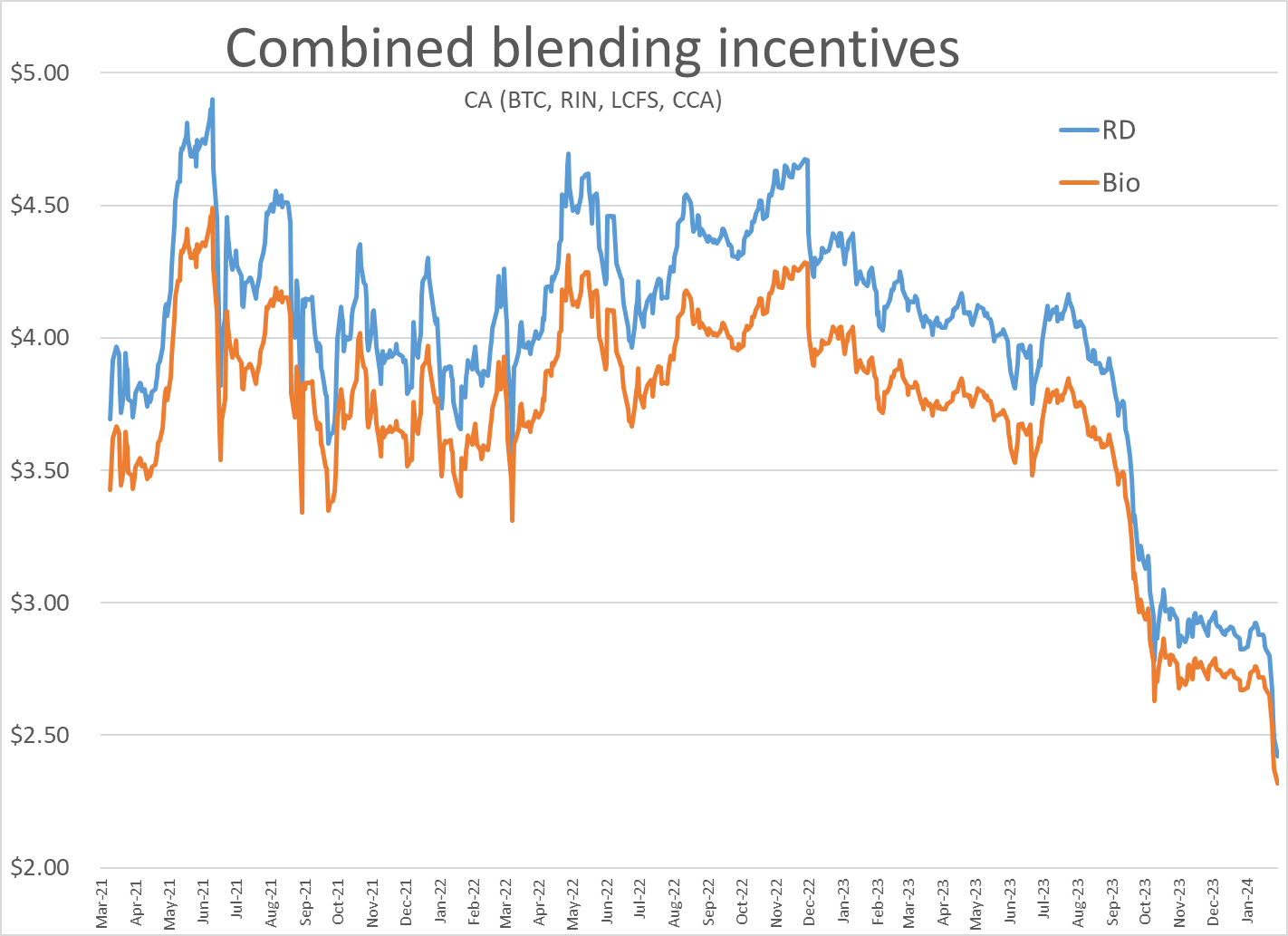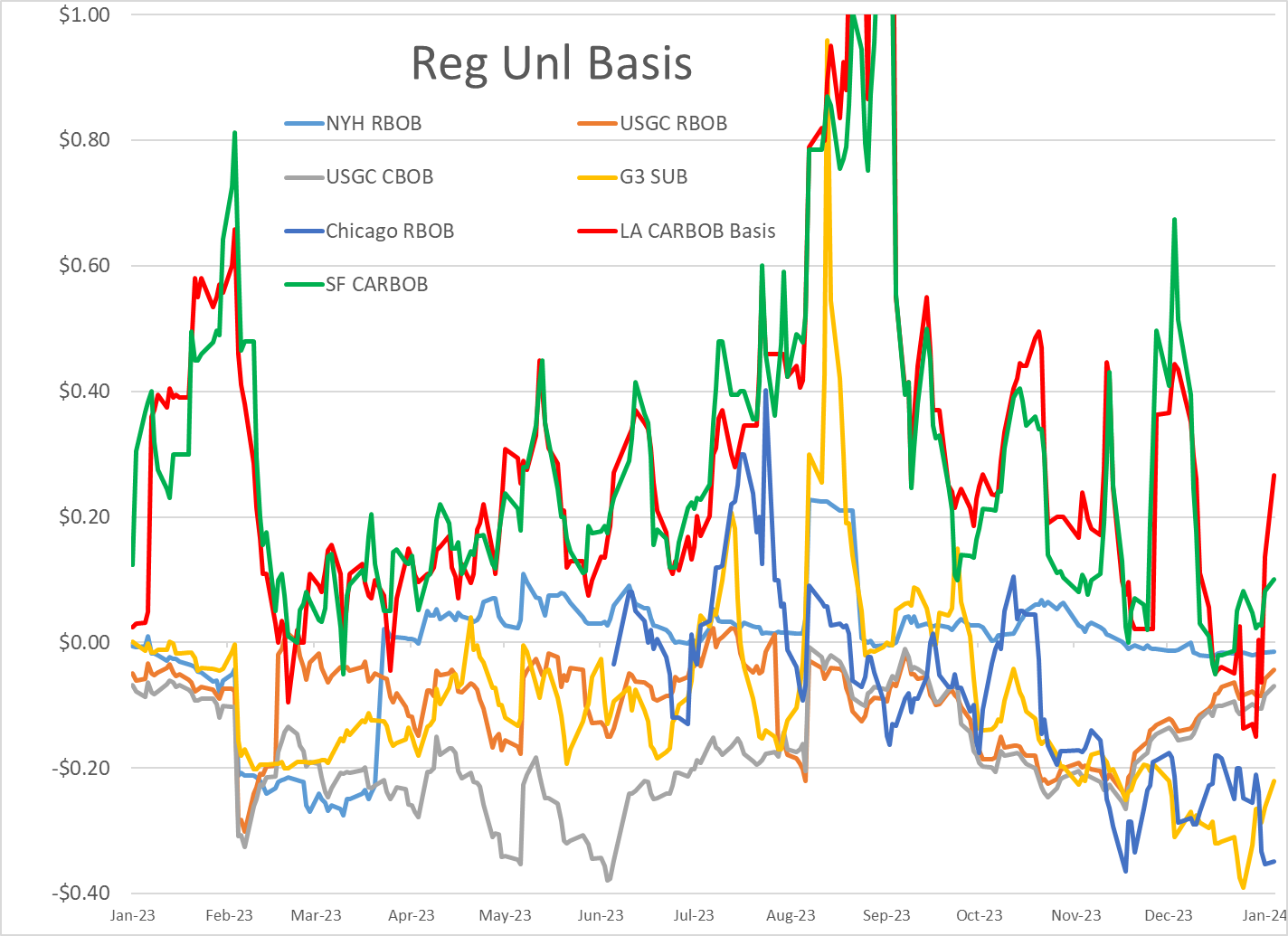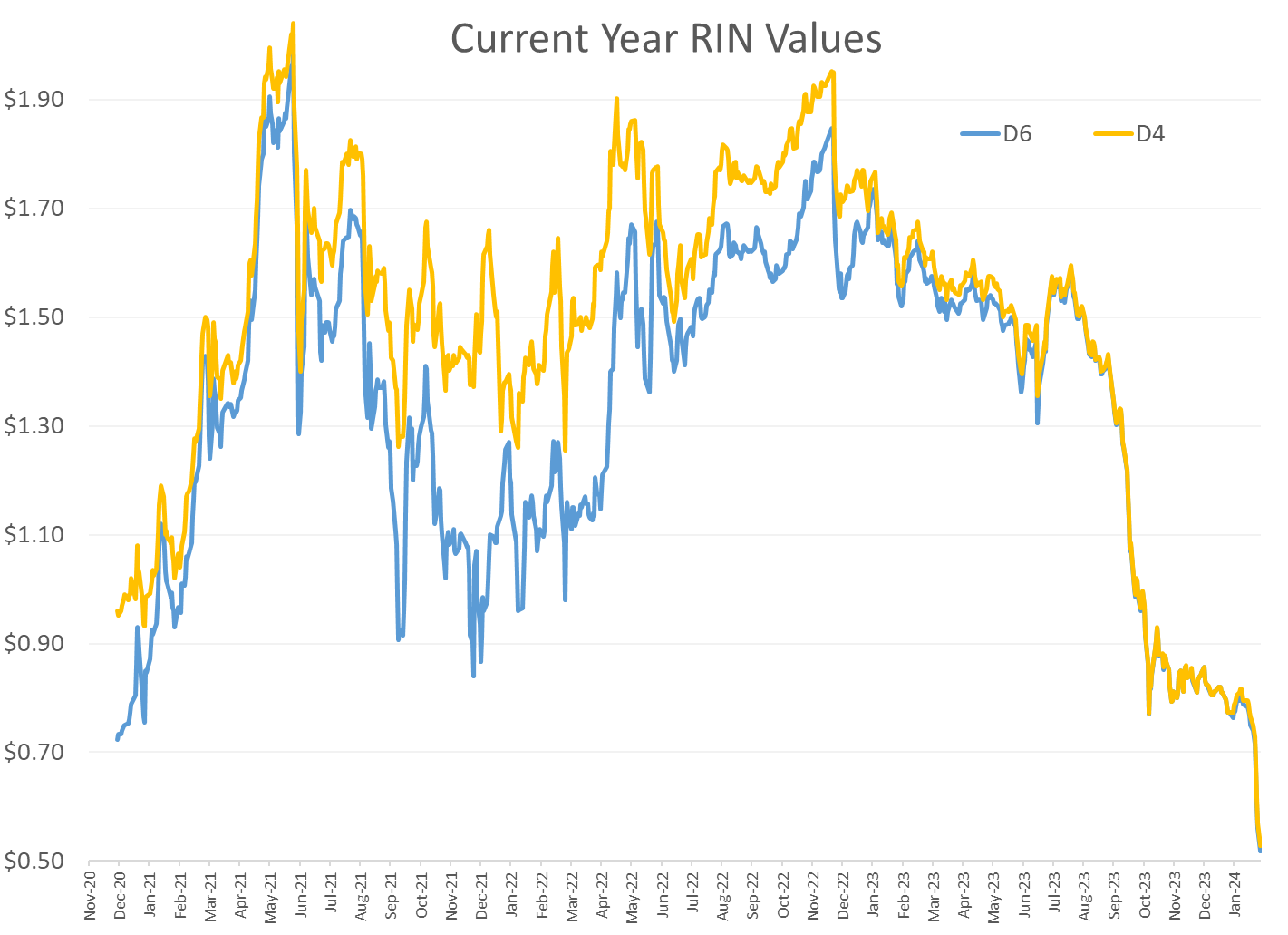Refined Product Futures Are Now Trading 12 Cents Lower From The Overnight High Set Sunday Night

Energy futures are trading lower for a 2nd day in a row as a major announcement from the world’s largest exporter seems to be outweighing both fears of the growing conflict in the Middle East and a record-setting run for stocks.
Saudi Arabia announced Tuesday that it was scrapping plans to expand the Kingdom’s output capacity from 12 to 13 million barrels/day, in what is seen as a sign that the world has more than enough spare capacity to meet demand growth in the next 5 years.
Refined product futures are now trading 12 cents lower from the overnight high set Sunday night when it looked like the US was being drawn into yet another war in the Middle East. RBOB futures led the selloff Monday, and so far it’s ULSD leading the move this morning, trading down more than 6 cents after a brief rally attempt overnight was wiped out by the Saudi news. The 200-day moving average is in play for both RBOB and ULSD today and should provide a good short-term barometer on how serious this sell-off is going to be.
Los Angeles CARBOB basis values have rallied more than 30 cents in the past week as Kinder Morgan begins its annual RVP transition, requiring 5.99 RVP CARBOB by the 2nd delivery cycle in February, more than 2 months earlier than many markets around the country will convert to summer grades. That early transition will create both issue and opportunity for the state’s suppliers as the main pipeline network will be shipping a much lower RVP than is required at the terminals for several weeks.
RINs continue their collapse, with both D4 and D6 values trading down to a fresh 3.5 year low around $.51/RIN Monday, compared to $1.60/RIN this time last year. Fundamentally there may still be room to fall as the rapid increase in RIN generation caused by new RD production far outpaces the demand set by the EPA, and technically, there’s an argument we’ll see prices continue to drop into the 30-cent range before completing their inverse flag pattern that’s been in place since prices started collapsing 6 months ago.
The drop in RIN values is welcome news for many refiners as their cost of complying with the Renewable Fuel Standard (AKA the RVO) has fallen to less than $3/barrel, from the $9-$10/barrel range that we became accustomed to over the past couple of years. On the other hand, those refiners that raced to convert facilities to renewable production over the past several years are now watching their margins collapse as the RIN and LCFS subsidies lose value.
The TransMountain pipeline announced it had run into more “technical issues” that will delay the start of that project to alleviate the bottleneck of Canadian crude supply, and opening the Pacific basin to producers. Western Canadian price differentials dropped more than $2/barrel on that news, offering another short term shot in the arm for US mid-continent refiners that are struggling under the weight of weak basis values this winter. The longer term outlook however remains challenging as US facilities that have relied on large Canadian discounts will now be competing with buyers across Asia for those barrels.
Click here to download a PDF of today's TACenergy Market Talk.
News & Views
View All
Week 18 - US DOE Inventory Recap

Crude Oil, Gasoline, And Diesel Benchmarks Are All Trading >1% Lower To Start The Day
Energy prices are sinking again this morning, albeit with a little more conviction than yesterday’s lackadaisical wilting. Crude oil, gasoline, and diesel benchmarks are all trading >1% lower to start the day with headlines pointing to an across-the-board build in national inventories as the source for this morning’s bearish sentiment. The Department of Energy’s official report is due out at its regular time this morning (9:30am CDT).
WTI has broken below its 100-day moving average this morning as it fleshed out the downward trend that began early last month. While crossing this technical threshold may not be significant in and of itself (it happened multiple times back in February), the fact that it coincides with the weekly and monthly charts also breaking below a handful of their respective moving averages paints a pretty bearish picture in the short term. The door is open for prices to drop down to $75 per barrel in the next couple weeks.
Shortly after the EIA’s weekly data showed U.S. commercial crude inventories surpassing 2023 levels for the first time this year, their monthly short-term energy outlook is forecasting a fall back to the bottom end of the 5-year range by August due to increasing refinery runs over the period. However, afterward the administration expects a rise in inventories into 2025, citing continued production increases and loosening global markets hindering the incentive to send those excess barrels overseas. The agency also cut back their average gas and diesel price forecasts for the first time since February with the biggest reductions in the second and third quarter of this year.
The STEO also featured their famed price prediction for WTI, stating with 95% confidence that the price for crude oil will be between $40 and $140 through 2026.
Need a general indication of the global crude oil supply? Most headlines seem to be covering a shortage of a different type of oil, one that we haven’t turned into fuel (yet).
Click here to download a PDF of today's TACenergy Market Talk.

The Perceived Cooling Of Regional Tensions In The Middle East Area Attributing To The Quiet Start To Today’s Trading Session
The energy complex is drifting lower this morning with RBOB futures outpacing its counterparts, trading -.9% lower so far to start the day. The oils (WTI, Brent, heating) are down only .2%-.3% so far this morning.
The perceived cooling of regional tensions in the Middle East area attributing to the quiet start to today’s trading session, despite Israel’s seizure of an important border crossing. A ceasefire/hostage-release agreement was proposed Monday, and accepted by Hamas, but rejected by Israel as they seemingly pushed ahead with their Rafah offensive.
U.S. oil and natural gas production both hit record highs in 2023 and continue to rise in 2024, with oil output currently standing at 13.12 million barrels per day and January 2024 natural gas production slightly exceeding the previous year. With WTI currently changing hands at higher than year-ago levels, this increased production trend is expected to continue despite a decrease in rigs drilling for these resources.
Less than a week after the Senate Budget Committee’s hearing centered on the credibility of big oil’s climate preservation efforts, a major oil company was reported to have sold millions of carbon capture credits, without capturing any carbon. Fraud surrounding government subsidies to push climate-conscious fuel initiatives is nothing new, on a small scale, but it will be interesting to see how much (if any) of the book is thrown at a major refiner.
Today’s interesting read: sourcing hydrogen for refining.
Click here to download a PDF of today's TACenergy Market Talk.



